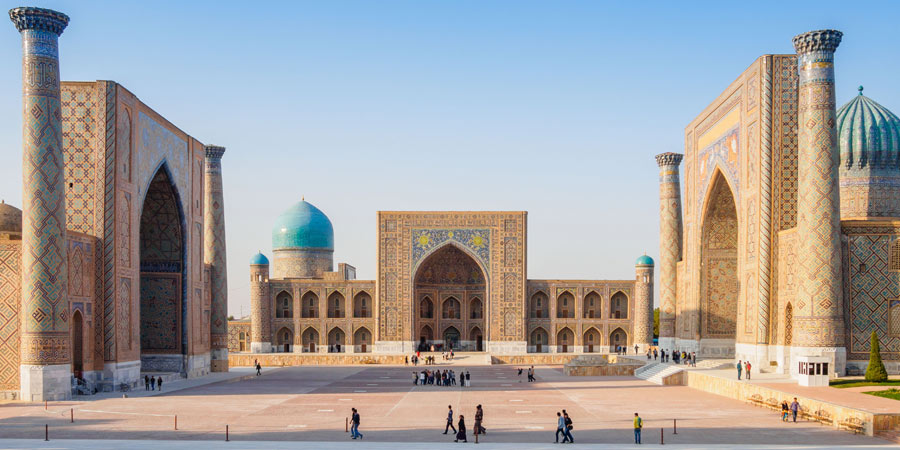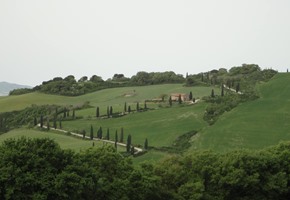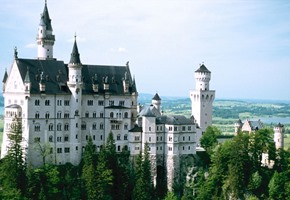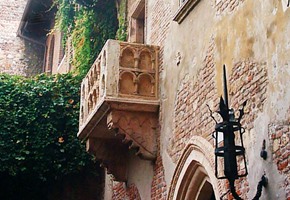Uzbekistan, a heady melting pot of cultures, ethnicities and beliefs. A land that has seen rule as varied as that of Alexander the Great to that of Leonid Brezhnev. Historically a land of worldwide importance, where many of the developments of the Islamic Golden Age took place, from advancements in mathematics and astronomy to art and medicine. The great Silk Road trading route from Eastern China to the Mediterranean winded its way through the deserts of Uzbekistan, leading to the building of sprawling trading cities, rich and opulent. After the dissolution of the Soviet Union in the last years of the 20th century, Uzbekistan first claimed independence from Communist rule. Now this beautiful expanse of Central Asia is starting to open up to travellers and tourists alike and the old Silk Route to Samarkand is returning to life with a very different sort of customer.
Any trip to Uzbekistan worth its salt begins in mighty Tashkent, the nation's capital and a burgeoning city with over 2000 years of history. A history that is so tied to the Silk Road that Tashkent is still feeling the benefits of its geographical position to this day, with the city being a hub of financial and economic activity in the region. Unfortunately, little remains of the ancient city of Tashkent, destroyed during the Russian revolution and subsequent civil conflict. The city is now however an eclectic blend of Soviet architecture and 21st century modernism. There is plenty on offer in Tashkent to appeal to all manner of visitors; the vast open air Chorsu Bazaar is packed full of just about any product one could wish to buy and the Khast Imam Mosque is the epitome of cultural elegance and contains the Uthman Qur'an, quite possibly the oldest surviving copy of the text on the planet, dating back to the year 655.
From Tashkent, the next must-see location is the breathtaking UNESCO open-air museum of Itchan Kala; the walled Old Town of the city of Khiva. The bright sandstone walls and deep blue domes of the some 300 historical buildings are a truly stunning sight under the blissful gaze of a summer sun. The inner town is a myriad of mausoleums and mosques, packed in behind towering fortifications.
Continue your exploration of this vivid nation by visiting its most famous city, the Silk Road capital of Samarkand. The premier trading post along the route, the city has changed hands between the likes of Alexander the Great, Genghis Khan and Tamerlane. This state of relatively constant upheaval has led to Samarkand becoming an eclectic mixture of East and West. The city is built around the awe-inspiring Registan Square. A prime example of Central Asian architecture, the ensemble of vibrantly coloured madrassahs is one of the oldest of its kind. Samarkand is also the location of the iconic Shah-i-Zinda, an impressive collection of shrines and mausoleums dedicated to former rulers, noblemen and dignitaries. The secretive, inner-most shrine is one of the holiest in the region and holds the grave of Kusam-ibn-Abbas, cousin of the Prophet Muhammad, and the man responsible for bringing Islamic teaching to this corner of the world.
As Central Asia opens up to the Western world, there has been no better time to immerse yourself in its rich and exotic culture. So why not ditch the beach-gear this summer and enjoy a wholly new and unique travel experience.
Follow the footsteps of history and discover the opulence of bustling Samarkand with Great Rail Journeys on our Silk Road to Samarkand escorted rail holiday experience.





